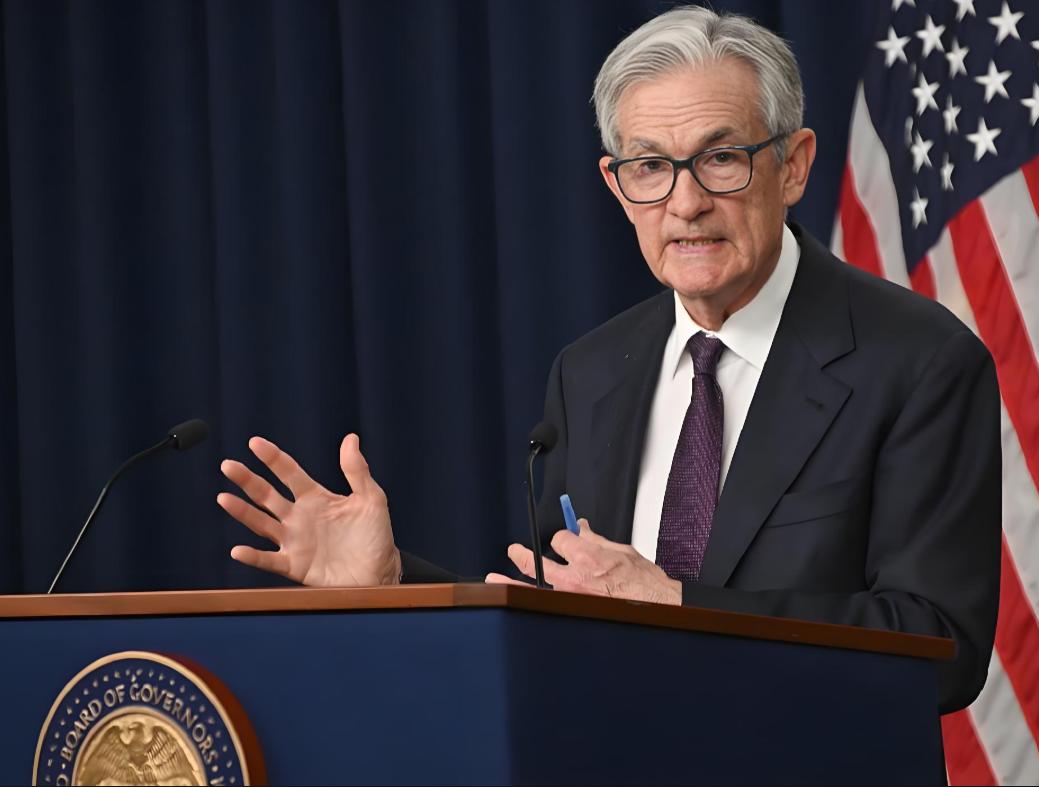
On the 7th local time, the US Federal Reserve concluded its two-day monetary policy meeting and announced that it would keep the target range for the federal funds rate unchanged at between 4.25% and 4.50%. This is the third consecutive time since the January and March meetings this year that the Federal Reserve has decided to keep interest rates unchanged. In a statement released on the same day, the Federal Open Market Committee, the decision-making body of the Federal Reserve, said that the unemployment rate in the United States has remained stable at a low level in recent months, the labor market situation remains solid, but inflation is still "to some extent at a high level". The Federal Reserve believes that the uncertainty of the economic outlook "has further increased". Furthermore, the Federal Reserve also pointed out that "the risks of rising unemployment and intensifying inflation have increased", which was not included in the previous statement, reflecting the Federal Reserve's concerns about the latest economic situation. At the press conference of Federal Reserve Chair Powell that afternoon, the word "tariff" was mentioned more than 20 times. Powell said that the impact of inflation might be short-lived, but it could also be "more persistent".
This decision of the Federal Reserve not only reflects the Fed's prudent assessment of the current economic situation in the United States, but also its continuous attention to inflation and the dynamics of the job market. Meanwhile, it also brings very complex and multi-faceted influences to the economic aspect. One is the impact on the US economy. The Federal Reserve maintaining interest rates unchanged means that monetary policy remains tight. The high-interest-rate environment may continue to curb consumption and investment demand, but at the same time, it will also slow down the pace of inflation decline. The core PCE inflation rate remains above the 2% target, and tariff policies may further push up prices, leading to persistent inflationary pressure. The Federal Reserve has lowered its GDP growth forecast for 2025, reflecting concerns over the slowdown in economic activities. A high-interest-rate environment may intensify downward pressure on the economy, especially in the manufacturing and investment sectors, which may be more severely impacted. Although the unemployment rate remains low, the Federal Reserve mentioned in its statement that "the risk of high unemployment has risen". A high-interest-rate environment may curb corporate expansion and recruitment, leading to signs of weakness in the job market.
The second is the impact on the global economy. The Federal Reserve's maintenance of interest rates unchanged contrasts sharply with the loose monetary policies of other major central banks (such as the European Central Bank and the Bank of Japan). This policy divergence may lead to increased fluctuations in the global exchange rate market and have an impact on cross-border capital flows. Although the Federal Reserve's maintenance of interest rates unchanged helps ease the pressure of capital outflows from emerging markets, the slowdown of global economic growth and trade uncertainties may still pose challenges to emerging markets. Emerging market countries (such as India and Brazil) are reducing their reliance on the policies of the Federal Reserve through flexible exchange rate mechanisms and capital control measures, and instead adjusting interest rates based on their own inflation and growth needs. The Federal Reserve's maintenance of interest rates unchanged may provide some support for commodity prices, but the expectation of a global economic slowdown may still exert pressure on the demand side, leading to intensified fluctuations in commodity prices. Against the backdrop of the Federal Reserve maintaining interest rates unchanged, the economic outlook uncertainty caused by the US tariff policy may be transmitted to other economies through trade channels.
The third is the impact on the financial market. After the Federal Reserve kept interest rates unchanged, the US stock market experienced fluctuations in the short term. Although the S&P 500 index and the Nasdaq index rose after the announcement was released, the rising expectations of future interest rate cuts in the market may lead to increased volatility in the stock market. After the Federal Reserve kept interest rates unchanged, US Treasury yields fell, reflecting investors' concerns about the economic outlook. This may lead to funds flowing from the stock market to the bond market, further affecting the stability of the financial market. The Federal Reserve's maintenance of interest rates unchanged may put pressure on the US dollar exchange rate. Although the US dollar may remain strong in the short term due to high interest rates, in the long term, if economic data is weak, the US dollar may face depreciation pressure.
To sum up, the Federal Reserve's decision to keep interest rates unchanged has exacerbated the divergence and uncertainty of global economic policies. The international economy will face multiple tests including policy coordination challenges, capital fluctuations, and an unbalanced recovery. Only by strengthening multilateral cooperation and structural reform can all countries balance internal and external risks in the complex changing situation and promote sustainable growth and global financial stability.

A new survey released in the United States shows that in the context of rising prices and growing concerns among the public about the economic outlook of the country, there is a coexistence of frugality and differentiation.
A new survey released in the United States shows that in th…
By the end of 2025, the situation in the Middle East resemb…
According to Channel NewsAsia, international oil prices hav…
On Sunday, US President Donald Trump Trump met with Ukraini…
Officials in the Trump administration, speaking on Fox News…
In 2025, the Trump administration reshaped the global trade…